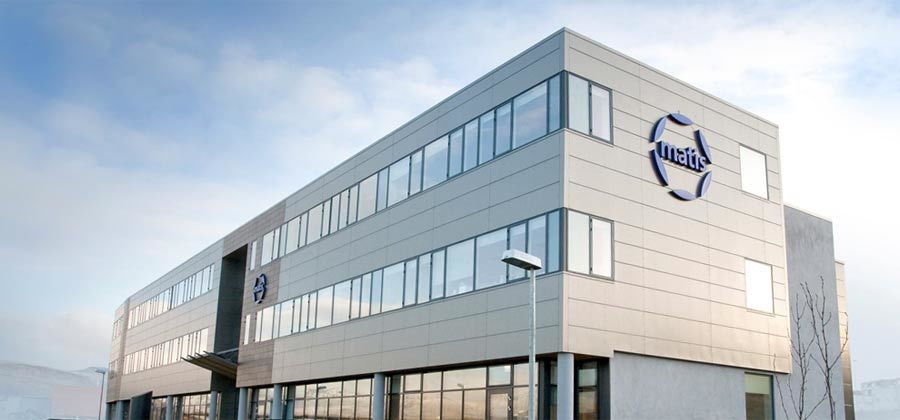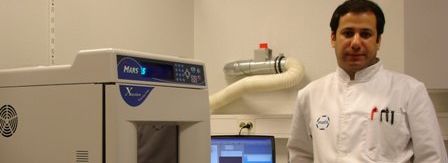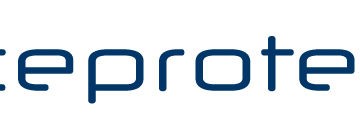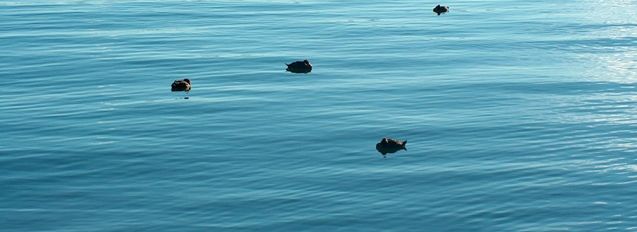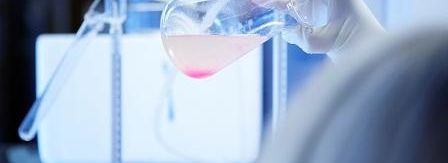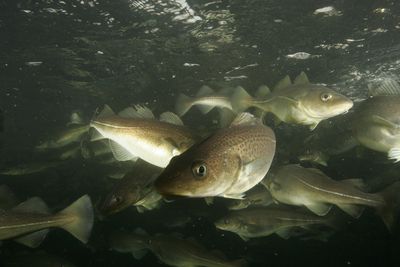Week 17.-24. August, Matís runs a course in collaboration with the University of Iceland, for doctoral students. The title of the course is "Interplay of sensory evaluation, consumer and market factors in product development", and the aim is, as the name implies, to use information on sensory evaluation, consumers and market factors in product development. The course is fully booked and will be attended by a total of 24 students from Iceland, Denmark, Sweden, Norway, Finland, Estonia, Latvia and Lithuania.
As stated above, the aim is to utilize information on sensory evaluation, consumers and market factors in product development. The purpose of the course is to train doctoral students in using sensory evaluation methods and consumer surveys in product development, innovation and marketing. The task of the course will be to produce a healthier version of a product that is already on the market. A healthier product can be, for example, a product with a lower content of saturated fat or salt.
The speakers will be Nordic and international experts. Every day there will be theoretical lectures with practical exercises to shed light on the subject. The course is therefore an ideal opportunity for Nordic doctoral students and other students in this field.
The content of the course is:
Product knowledge - Taste and smell of food
• Why is there an interest in the taste and smell of food? The role of raw material treatment, processing and the effect of new ingredients in the formation of taste and smell is a necessary knowledge for product development researchers. A variety of technologies and methods are used in the food industry to reduce fat and salt in foods to meet consumer desires for healthier foods.
Sensory evaluation and training of judges
• In sensory evaluation, definitions of factors that describe the appearance, smell, taste and texture of food are important. Descriptive sensory analysis will be used theoretically and linked to training, monitoring and evaluation of judges.
Factors that affect how consumers experience food perception.
• Expectations affect how much consumers enjoy and like certain foods as well as the taste experience of the food. Information about the health effects of food and the origin of henna is an important message that affects consumer expectations and experiences.
Different consumer segmentation and product acceptance
• New foods are often designed for specific groups of consumers. Consumers can be divided into groups according to different factors, for example according to geographical factors, attitudes or tastes.
Consumer surveys and the relationship between taste and quality factors (preference mapping)
• Consumer tastes and choices can be linked to the sensory aspects of a product using a method called preference mapping. With this method, sensory evaluation with a trained group is used to explain and predict consumer choices.
Consumer behavior and marketing
• From a marketing perspective, the most interesting research questions related to consumer preferences and behaviors are: Understanding how consumer tastes are formed, how they are stored in memory, and can be influenced, ie what determines whether tastes are determined or not and when external circumstances influence choice and behavior.
Statistics
• Statistics are a key factor in sensory evaluation and consumer research. If the experimental design is not done correctly at the beginning of the experiments, the results of the experiments are very often meaningless both when analyzing sensory evaluation factors and examining consumers' tastes. Statistics and graphical presentation of data are an essential tool in the training of sensory evaluation judges. After collecting data on sensory evaluation factors and consumers, proper statistics and data processing are necessary to ensure that the correct information is obtained from the data.
For further information, contact Emilía Martinsdóttir, tel. 422 5032 or emilia.martinsdottir@matis.is

